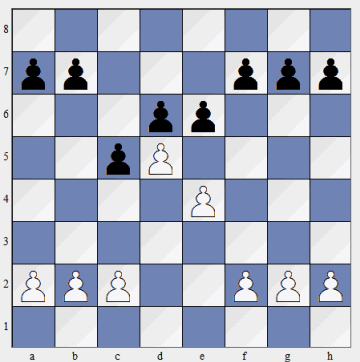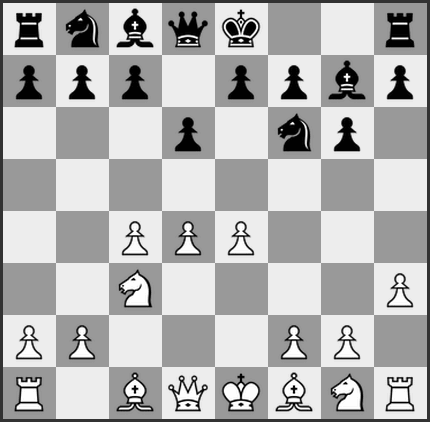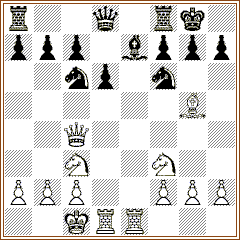I have annotated G. Gustafson's games against Carlos Torre and Frank Marshall (PGN) from the Alrick H. Man Vienna Gambit Theme Tournament of 1924-1925. The games demonstrate that Arthur Kaufmann's concept of playing Qe2 against most of Black's defenses following 1.e4 e5 2.Nc3 Nf6 3.f4 d5 4.fxe5 Nxe4 5.Nf3 is probably most accurate, as shown in Torre - Norwood, Smirka - Torre, and Torre - Marshall (to be annotated soon) from the same event. Gustafson's less challenging 5.Nf3 Bg4 6.d3 against Carlos Torre and 5.Nf3 Bc5 6.d4 against Frank Marshall proved completely unsatisfactory.
 |
| Gustafson - Torre after 31.Rxf1 Black to play and mate in two. |
 |
| Gustafson - Marshall after 8.Qe2 Black to play and win material. |













